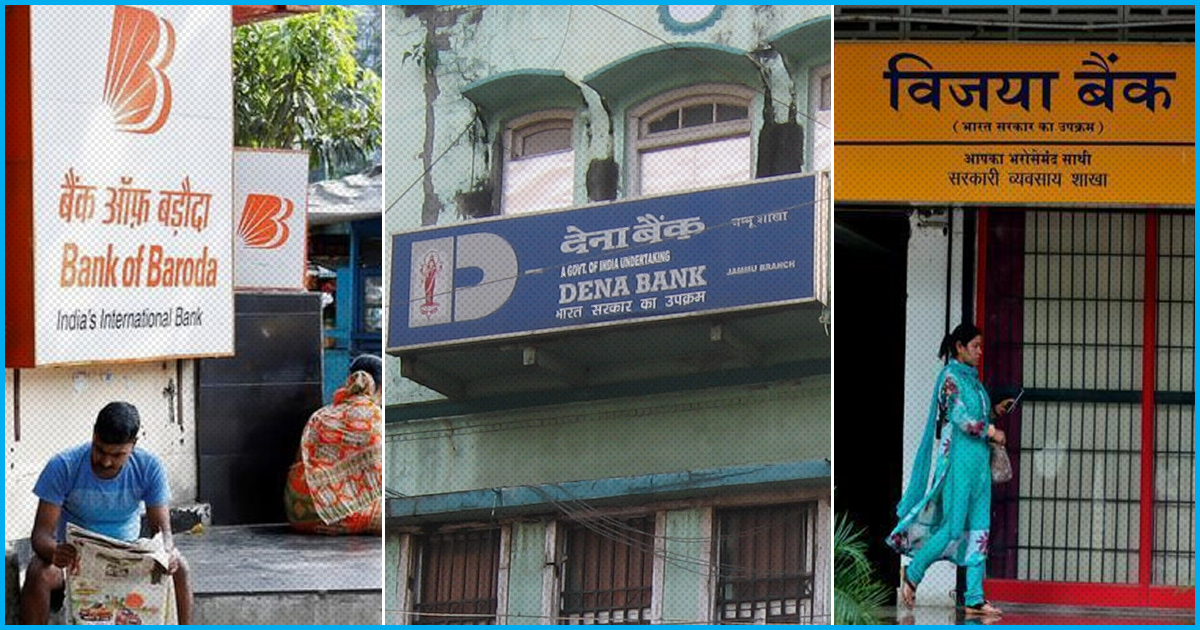In an attempt to make India’s banking system more survivable, powerful and secure, the government announced on Monday that it has planned to merge three state-run banks ─ Vijaya Bank, Dena Bank and Bank of Baroda. This will create the country’s third-largest bank, and capital support will be provided to the merged entity by the government. Just after the merger was announced, Bank of Baroda’s share plunged by 16 per cent.
Union finance minister Arun Jaitley said that corporate sector investments were being hurt due to bank lending becoming weak, reported The Times of India. This effort is also going to increase the banks’ lending ability. “This amalgamated entity will increase banking operations,” Jaitley said.
This merger will create the country’s third-largest bank, and capital support will be provided to the merged entity by the government. “No employee will face any service conditions which are adverse in nature. The best of service conditions will apply to all of them,” Jaitley added. NDTV reported that Financial Services secretary Rajiv Kumar said before any further action, the approval of the proposal by the three banks is absolutely necessary.
Banks are a storehouse of hard work in the form of hard-earned cash for most people and therefore, alteration in bank rules is very carefully scrutinized. Before bank mergers are announced, several months of discussions remain in progress.
This is not the first time a bank amalgamation process has taken place. In 2017, State Bank of India became much larger after engulfing five associates and the Bharatiya Mahila Bank. The first of the seven mergers between SBI and its associate banks was the amalgamation of SBI and State Bank of Saurashtra in 2018.
Some other mergers include those of Oriental Bank of Commerce and Global Trust Bank in 2004, Bank of Baroda and Benares State Bank Limited in 2002, and Punjab National Bank and New Bank of India between 1993-1994. Bank mergers increase expectations for improvement of efficiency and governance.
Currently, HDFC Bank, ICICI Bank and State Bank of India comprise the three largest banks in the country.
The merger process is expected to be completed by the end of this financial year. Till then, the three banks will carry on functioning independently.
Merger of Public Sector Banks
Last year on 21 August 2017, Finance Minister Arun Jaitley has announced that Union cabinet gave an in-principle nod for public sector bank merger and consolidation. The Public Sector Banks will chalk out final contours and seek approval for the process from Group of Ministers. The process follows as such – the bank boards takes the final call on branch mergers, real estate assets, manpower and the required re-capitalisation. While the in-principle approval for the next level of PSU (public sector undertaking) is granted, the names of banks for the merger is submitted to the Group of Ministers. The names of the banks, according to a report by Moneycontrol will be decided on four main points – profit of the banks, similar geographical coverage, comparable asset quality and capital adequacy ratio.











